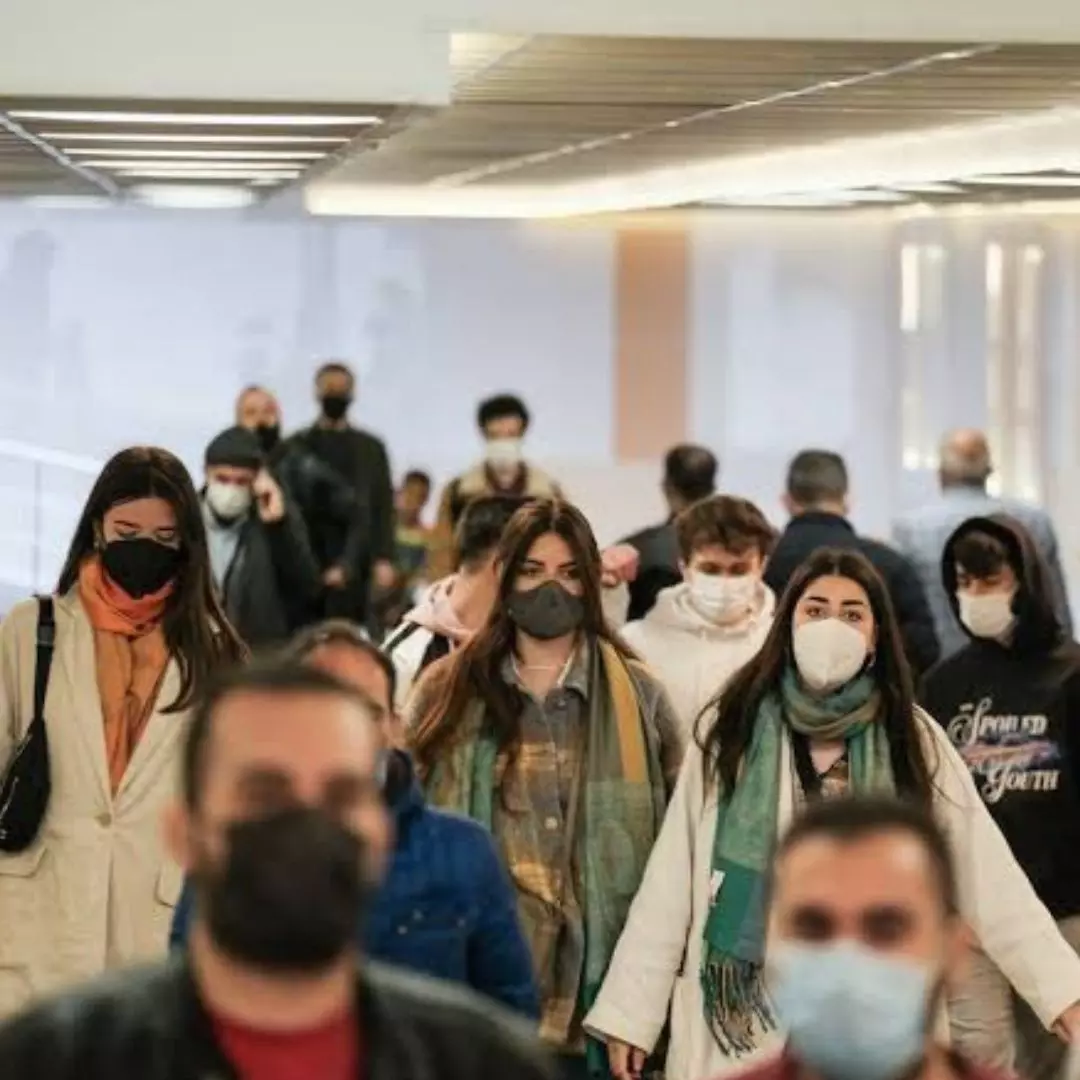The amount of pollution clouding the atmosphere is getting visibler day by day, and many regions are facing severe consequences of the dropping air quality. However, the intensity at which the atmosphere is turning threatening for people’s health continues to be ignored. A new study on global levels of air pollution shows that hardly any place on Earth is safe from unhealthy air. About 99.82 per cent of the land area worldwide is exposed to some amounts of particulate matter 2.5 (PM2.5), which falls above the safety limit recommended by the Word Health Organization (WHO).
Barely 1 Per Cent Of Clean Air To Breathe
The study conducted by scientists in China and Australia found that globally, more than 70 per cent of days in 2019 had daily PM2.5 concentrations exceeding 15 micrograms of gaseous pollutant per cubic metre. PM 2.5 are tiny particles in the air that scientists have often linked to lung cancer and heart disease. While any amount of PM 2.5 is considered harmful, regulators are typically less concerned about daily levels than about chronic exposure.
Taking into regard the daily limit set by the WHO, air quality has been worrisome in several regions, such as southern and eastern Asia, where more than 90 per cent of days had PM2.5 concentrations above the set threshold. This was the case globally as well, according to the peer-reviewed study published in Lancet Planetary Health. The findings suggest that only 0.001 per cent of the world population breathes air that is of acceptable quality.
Speaking about the urgency of such a situation, the lead researcher and environmental health professor, Yuming Guo, said, “I hope our study can change the minds of scientists and policymakers for the daily PM2.5 exposure.” Guo added that such exposure to PM2.5 can bring significant health problems, and it is upon us to clear the air around us.
Human Activity & Rising Pollution Graph
The fine particulate matter could be made up from soot from vehicles, smoke and ash from wildfires, sulphate aerosols from power generation, to even desert dust. The pollution levels in the air kill nearly 6.7 million people a year, with about two-thirds of the premature deaths caused by fine particulate matter. Scientists and public health officials have long attempted to alert people to the dangers of consuming polluted air, however, it remained a challenge with the lack of proper pollution monitoring stations.
Guo and his coauthors engaged more than 5,000 monitoring stations worldwide with machine learning simulations, meteorological data, and geographical factors to estimate the daily PM2.5 concentrations. Based on their readings on the annual exposure, researchers found the highest concentrations occurring in eastern Asia (50 micrograms per cubic metre), followed by southern Asia (37 micrograms) and northern Africa (30 micrograms). Regions that were the least threatened by fine particulate matter include Australia and New Zealand.
They also examined how the pollution levels changed over the two decades up to 2019. Areas such as Asia, northern and sub-Saharan Africa, Oceania, Latin America and the Caribbean experienced increased PM2.5 concentrations driven by the intensified wildfires. Meanwhile, in Europe and northern America, the per centages was relatively low due to stricter regulations.
Most regions also noted a fluctuation in the levels of particulate matter depending on the season. This was explained with the examples of northeast China and north India, which recorded higher PM 2.5 concentrations from December to February, likely due to increased use of fossil fuel-burning heat generators during winter. South American countries such as Brazil, had increased concentrations between the months of August and September, which connected to the practice of slash-and-burn cultivation during the summer. According to a report by The Hindu, such data reflects directly on how human activities have accelerated air pollution over the years.
Also Read: ‘Act Now!’: Study Says Oceans Carry Over 170 Trillion Pieces Of Plastic Waste; Calls For Collective Action
https://thelogicalindian.com/h-upload/2023/03/13/500x300_230521-untitled-design-18.webp
Environment
2023-03-13 11:12:08.0
Breathing Toxins! Earth Has Less Than 1% Of Safe Level Of Air Pollution, Reveals Study











